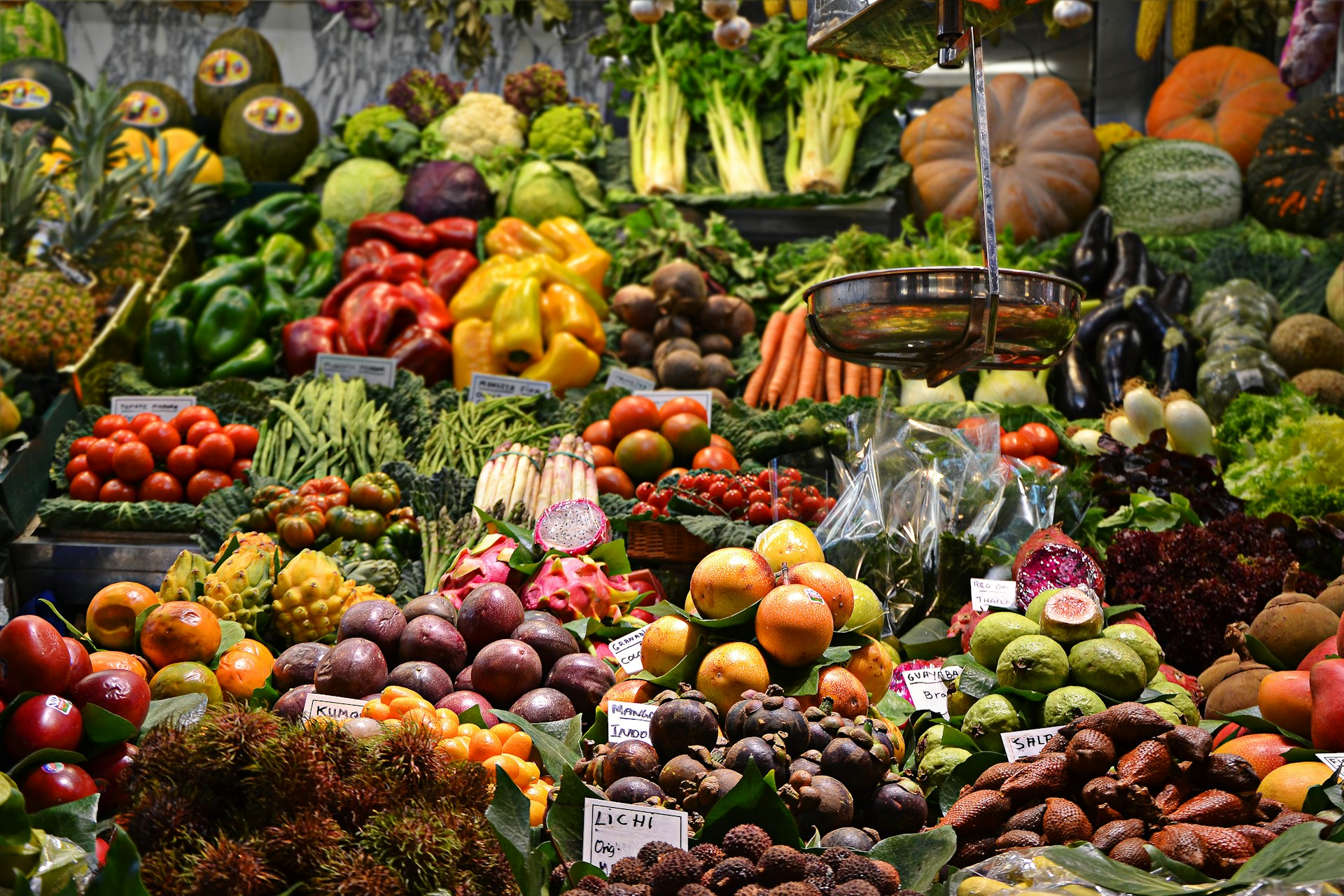
403
Sorry!!
Error! We're sorry, but the page you were
looking for doesn't exist.
Orange juice prices reach record high amid severe drought, pest infestations
(MENAFN) Futures prices for concentrated orange juice have surged to unprecedented levels, driven by severe drought conditions and widespread pest infestations impacting Brazil's orange crops, the world's largest exporter of the fruit. On Friday, futures for concentrated orange juice on the Intercontinental Exchange in New York reached USD4.92 per pound, marking nearly a threefold increase from prices two years ago. This sharp rise reflects a significant decline in global orange supplies, placing considerable strain on beverage companies that use the futures market to manage price volatility and are now facing escalating costs.
The situation is particularly challenging for soft drink companies, which are grappling with the effects of soaring prices and are uncertain about how to navigate the crisis. According to Harry Campbell, an analyst at Expana, the difficulties are substantial, leaving companies with limited options. Forecasts earlier this year from Fond Citrus, an association representing Brazil's citrus growers and juice companies, predicted that the country would experience its smallest orange crop in 35 years, with production expected to drop by about 25% from the previous year.
The crisis has been exacerbated by Brazil's worst drought in 50 years, which has left citrus-growing regions without rain for nearly four months—a critical period for crop development. Meteorologists are forecasting a delay in the rainy season, which typically starts in late September, adding further uncertainty to the situation. The combination of the lowest crop yields in decades, high rates of citrus greening disease, and severe drought conditions has created a perfect storm, putting immense pressure on the market.
Citrus greening disease, which began spreading across Florida 20 years ago and has now aggressively affected Brazil, is contributing significantly to the problem. This disease, transmitted by sap-sucking insects, causes the fruit to become bitter and eventually destroys the trees. In Brazil, 38% of orange trees were reported to show symptoms of the disease in 2023, with the highest number of pest infestations since the disease was first documented in 2004. Although measures to enhance pest resistance and improve insecticides are being implemented, the disease continues to impact orange groves severely, leading to reduced yields and lower juice quality.
The situation is particularly challenging for soft drink companies, which are grappling with the effects of soaring prices and are uncertain about how to navigate the crisis. According to Harry Campbell, an analyst at Expana, the difficulties are substantial, leaving companies with limited options. Forecasts earlier this year from Fond Citrus, an association representing Brazil's citrus growers and juice companies, predicted that the country would experience its smallest orange crop in 35 years, with production expected to drop by about 25% from the previous year.
The crisis has been exacerbated by Brazil's worst drought in 50 years, which has left citrus-growing regions without rain for nearly four months—a critical period for crop development. Meteorologists are forecasting a delay in the rainy season, which typically starts in late September, adding further uncertainty to the situation. The combination of the lowest crop yields in decades, high rates of citrus greening disease, and severe drought conditions has created a perfect storm, putting immense pressure on the market.
Citrus greening disease, which began spreading across Florida 20 years ago and has now aggressively affected Brazil, is contributing significantly to the problem. This disease, transmitted by sap-sucking insects, causes the fruit to become bitter and eventually destroys the trees. In Brazil, 38% of orange trees were reported to show symptoms of the disease in 2023, with the highest number of pest infestations since the disease was first documented in 2004. Although measures to enhance pest resistance and improve insecticides are being implemented, the disease continues to impact orange groves severely, leading to reduced yields and lower juice quality.

Legal Disclaimer:
MENAFN provides the information “as is” without warranty of any kind. We do not accept any responsibility or liability for the accuracy, content, images, videos, licenses, completeness, legality, or reliability of the information contained in this article. If you have any complaints or copyright issues related to this article, kindly contact the provider above.






















Comments
No comment